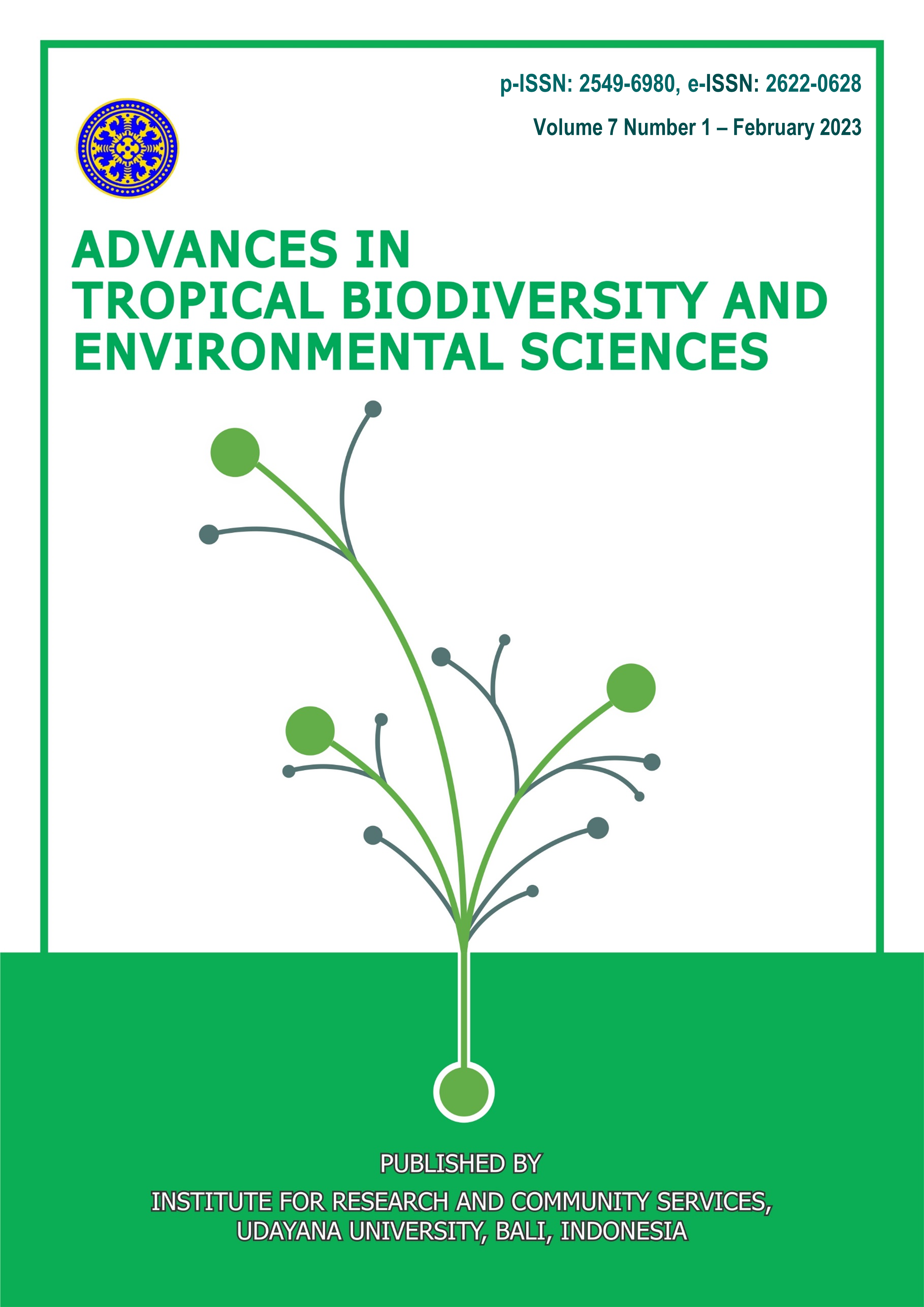Analysis Of Water Quality Conditions In Pearl Oyster (Pinctada maxima) Hatcheries in Karangasem Bali
Abstract
Indonesia has a high potential for pearl oyster farming due to its diverse marine habitats, warm waters, and abundant supply of seaweed, which is the preferred food for pearl oysters. Indonesia is home to several species of pearl oysters, including the Pinctada maxima, which are prized for their large size and the quality of their pearls. Water quality plays a crucial role in the cultivation of Pinctada maxima. Factors such as temperature, pH, salinity, dissolved oxygen levels, and the presence of pollutants and pathogens can all impact the health and survival of Pinctada maxima. In addition to feed quality and seed availability, good water quality management is the key to the success of this biota seedling. This research was carried out by measuring parameters including temperature, salinity, pH, and dissolved oxygen levels in the waters temporally in the morning and evening every day of cultivation. Variables of ammonia, nitrite, total suspended solids, total bacteria, and vibrio bacteria were carried out once a week. The results of temperature measurements range from 28.2-290C. Measurement of total suspended solids 0 mg/l. pH measurements ranged from 8.1-8.3. Dissolved oxygen measurements ranged from 4.16-4.27 mg/l. Salinity measurements obtained results of 35 ppt. Ammonia measurements range from 0-1.55 mg/l. Nitrite measurements range from 0.012-0.026. Measurement of total bacteria obtained <1 X 101 cfu/ml from all samples. Measurement of total vibrio yielded <1 X 101 cfu/ml from all samples. Based on the research that has been done, the results show that water quality is still in the optimal range for pearl oyster (Pinctada maxima) hatchery activities.













